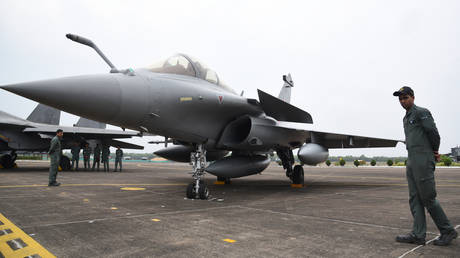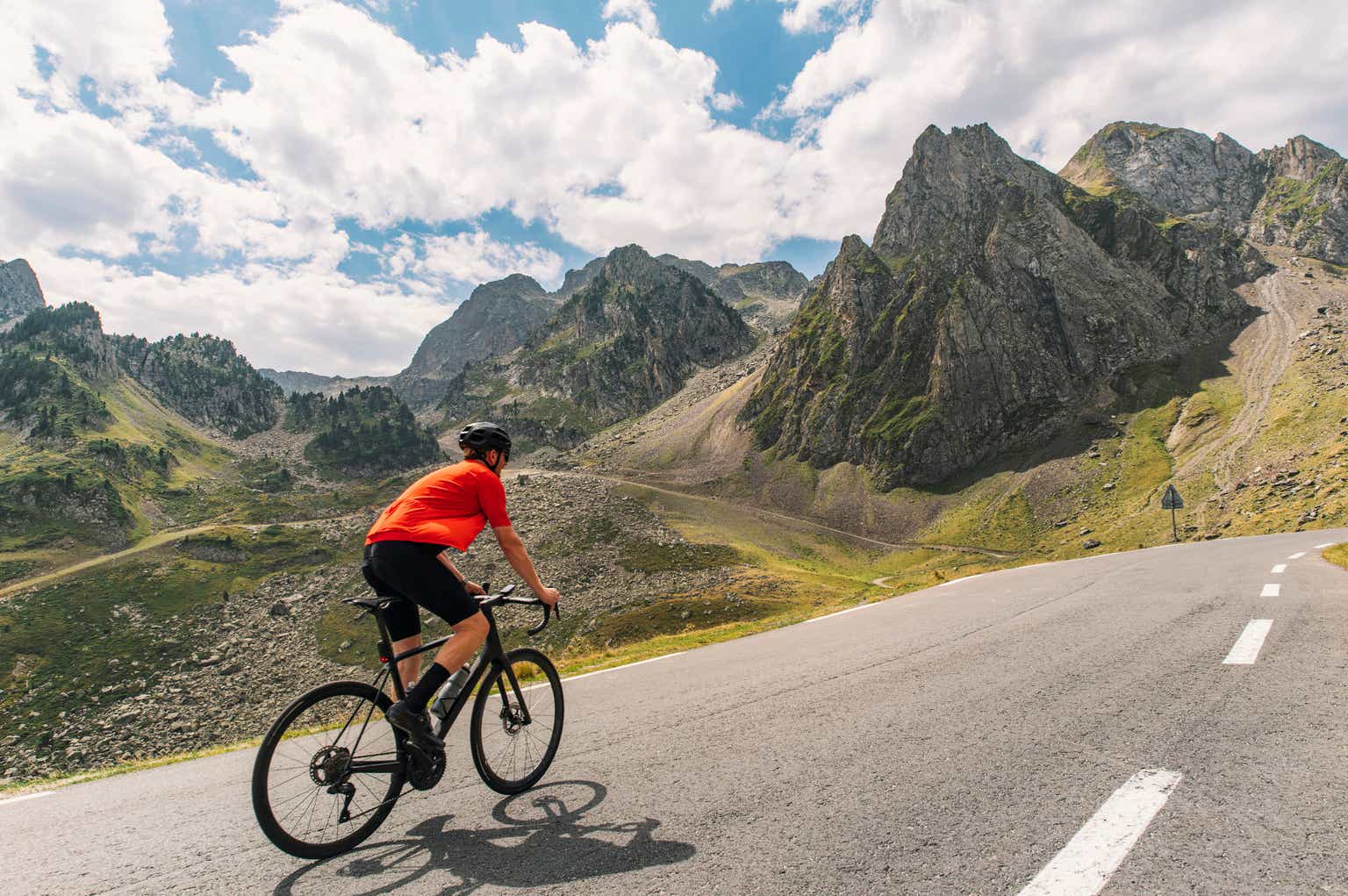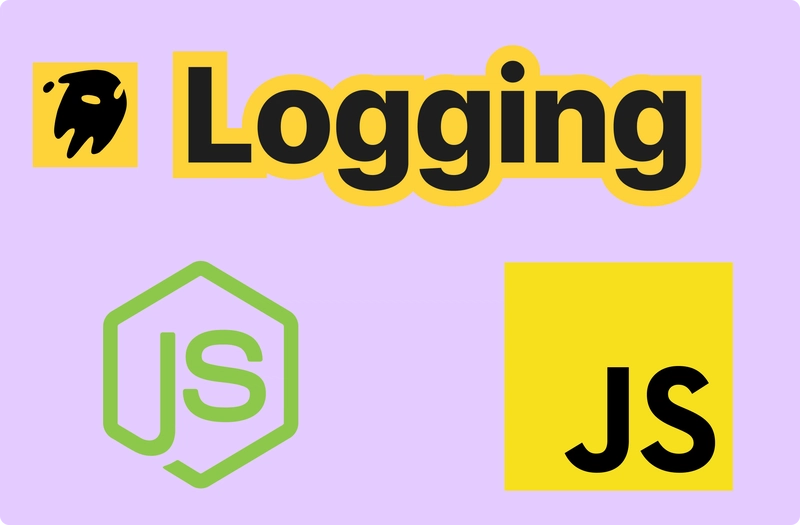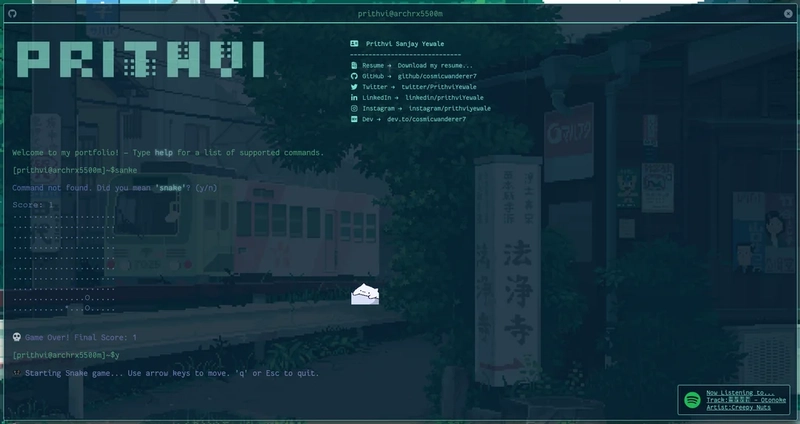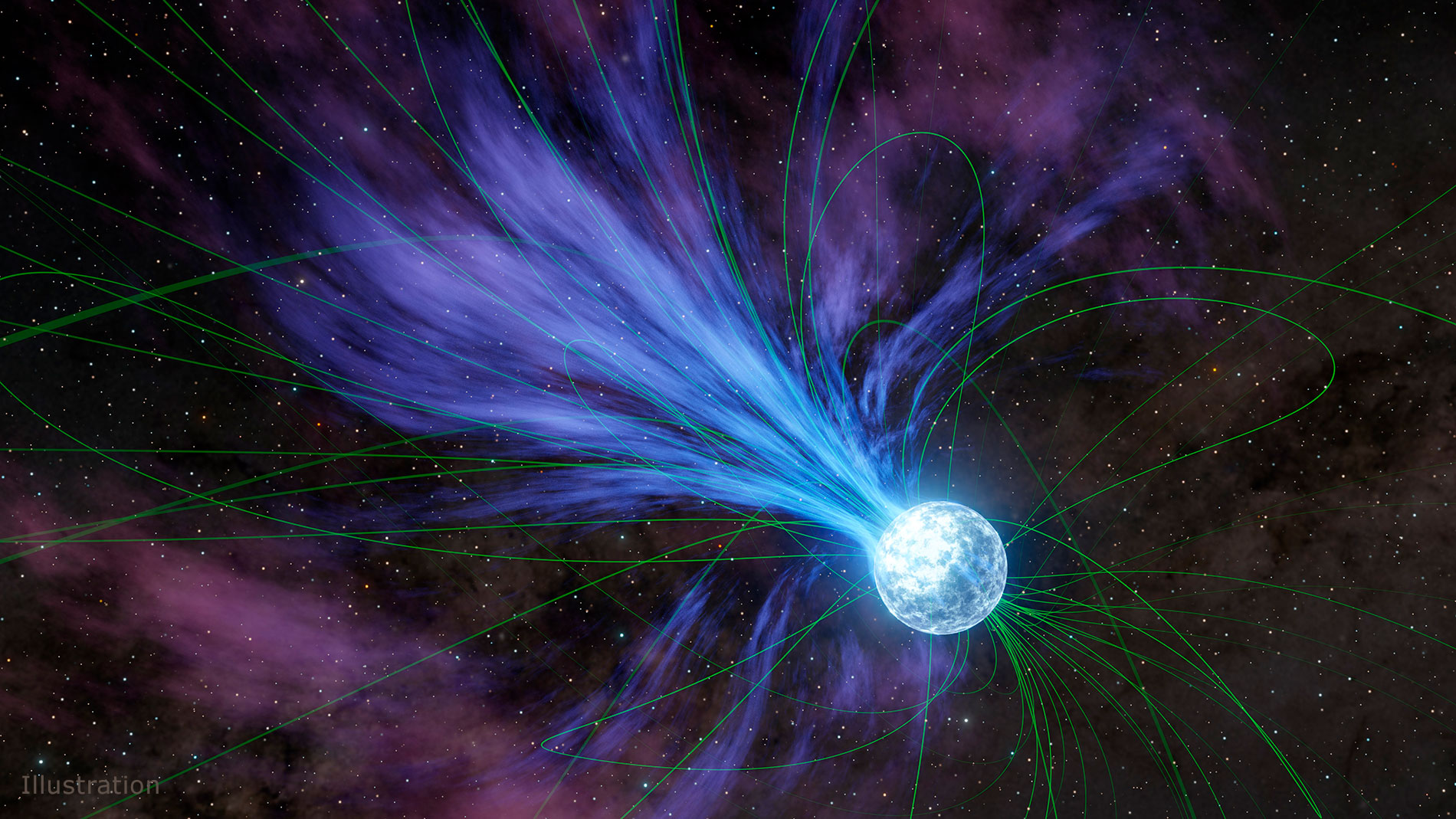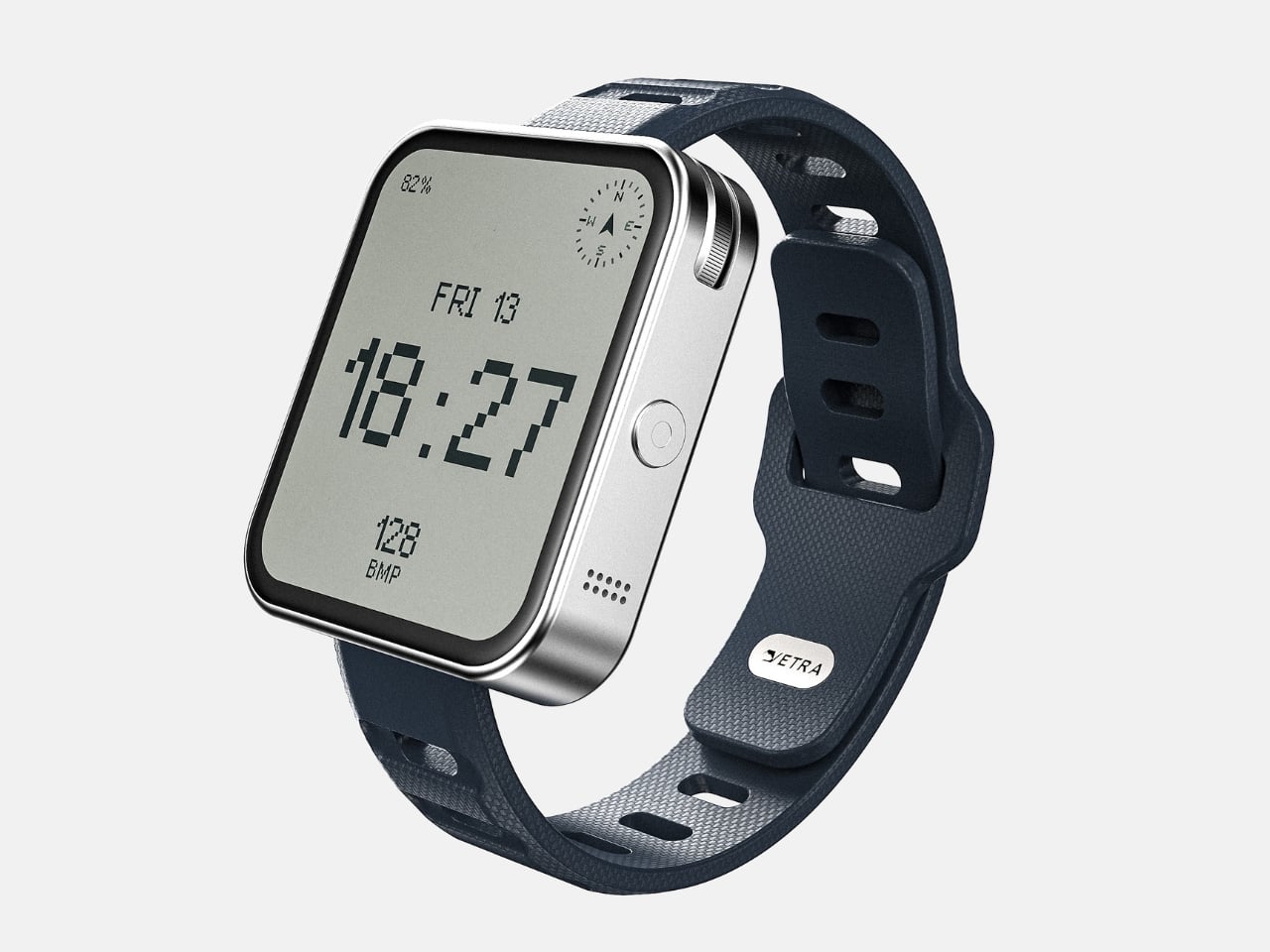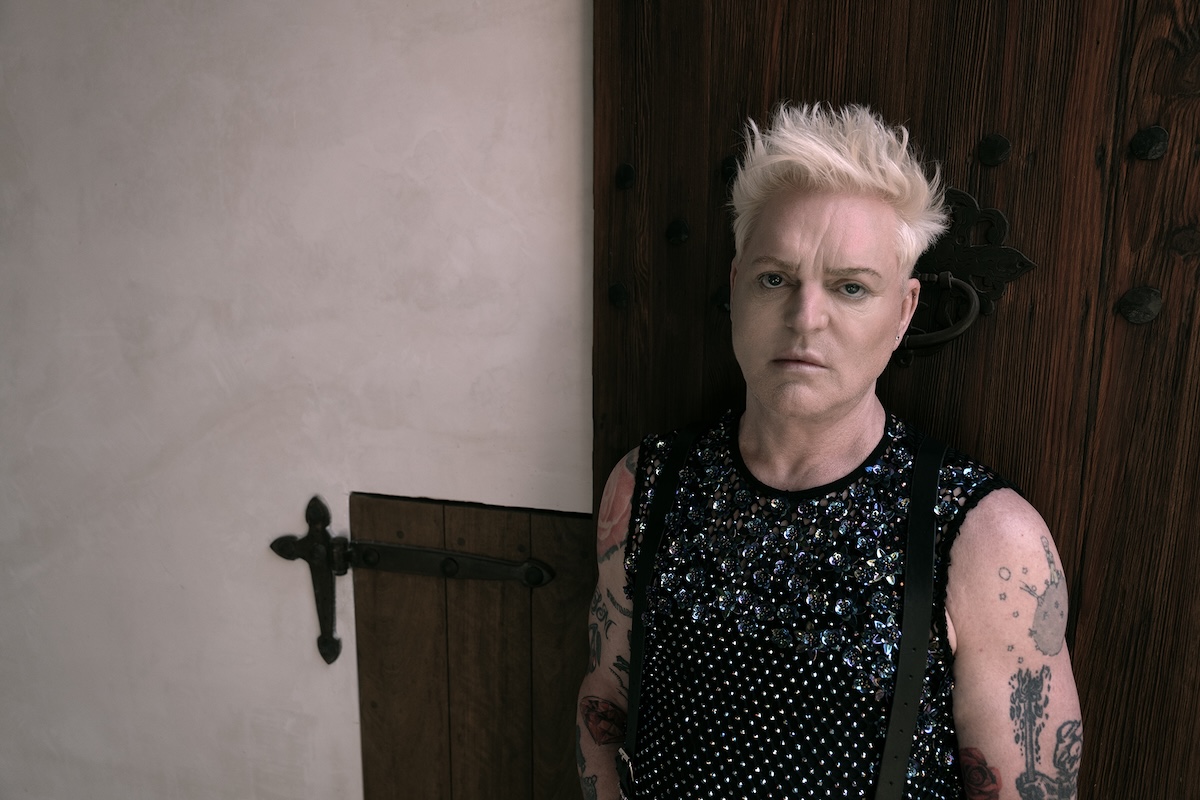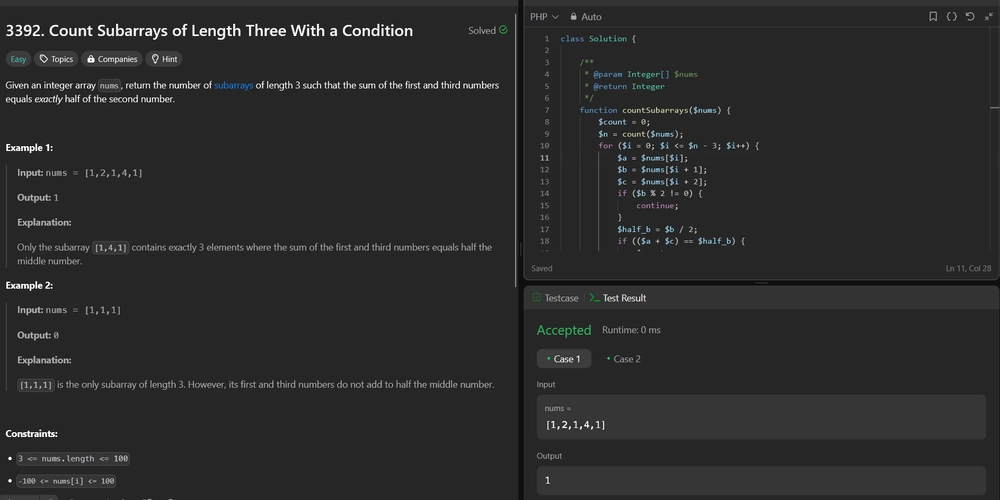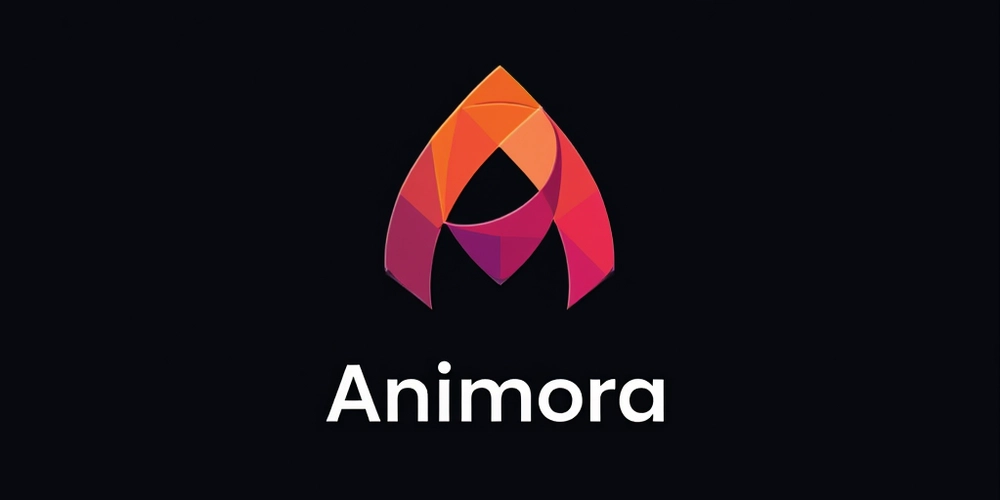Weather Monitoring System Using IoT
Weather affects everything—from agriculture to urban infrastructure. But how do we move from outdated manual tracking to real-time, hyper-accurate monitoring? The answer: IoT. Let’s break down how to build a weather monitoring system using IoT, from hardware to cloud analytics. Why IoT? Traditional weather stations are clunky and static. IoT solves this with: Low-cost sensors (DHT22, BMP180, anemometers) Wireless protocols (LoRaWAN, MQTT, Wi-Fi) Scalable cloud dashboards (Node-RED, AWS IoT, ThingsBoard) Hardware Stack Sensors: Temperature/Humidity: DHT22 Pressure: BMP180 Rainfall: Tipping bucket rain gauge Wind: Ultrasonic anemometer Microcontroller: ESP32 (Wi-Fi/BLE) or Raspberry Pi for edge processing. Connectivity: # Example: ESP32 sending data via MQTT import network, umqtt.simple def publish_sensor_data(): client = umqtt.simple.MQTTClient("esp32", "mqtt.broker.com") client.connect() client.publish("weather/temp", str(sensor.read_temp())) Software Side Data Pipeline: MQTT → Cloud (AWS IoT/ThingsBoard) → Database (InfluxDB) Visualization: Grafana for dashboards, or custom web apps with React + WebSocket. Challenges & Fixes Power in remote areas? Use solar + LoRaWAN for low-energy transmission. Data accuracy? Calibrate sensors and apply moving averages in code. Why Build This? Farmers: Predict irrigation needs. Smart Cities: Flood/storm alerts. You: A killer IoT portfolio project! Ready to geek out? I wrote a full guide on a weather monitoring system using IoT, covering sensor specs, circuit diagrams, and analytics. Read the full guide here: https://vayuyaan.com/blog/weather-monitoring-system-using-iot/
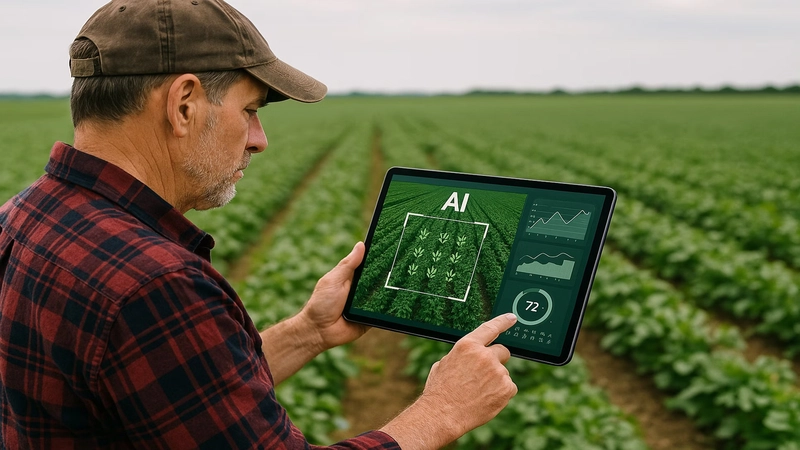
Weather affects everything—from agriculture to urban infrastructure. But how do we move from outdated manual tracking to real-time, hyper-accurate monitoring? The answer: IoT. Let’s break down how to build a weather monitoring system using IoT, from hardware to cloud analytics.
Why IoT?
Traditional weather stations are clunky and static. IoT solves this with:
- Low-cost sensors (DHT22, BMP180, anemometers)
- Wireless protocols (LoRaWAN, MQTT, Wi-Fi)
- Scalable cloud dashboards (Node-RED, AWS IoT, ThingsBoard)
Hardware Stack
- Sensors:
- Temperature/Humidity: DHT22
- Pressure: BMP180
- Rainfall: Tipping bucket rain gauge
- Wind: Ultrasonic anemometer
Microcontroller: ESP32 (Wi-Fi/BLE) or Raspberry Pi for edge processing.
Connectivity:
# Example: ESP32 sending data via MQTT
import network, umqtt.simple
def publish_sensor_data():
client = umqtt.simple.MQTTClient("esp32", "mqtt.broker.com")
client.connect()
client.publish("weather/temp", str(sensor.read_temp()))
Software Side
- Data Pipeline: MQTT → Cloud (AWS IoT/ThingsBoard) → Database (InfluxDB)
- Visualization: Grafana for dashboards, or custom web apps with React + WebSocket.
Challenges & Fixes
- Power in remote areas? Use solar + LoRaWAN for low-energy transmission.
- Data accuracy? Calibrate sensors and apply moving averages in code.
Why Build This?
- Farmers: Predict irrigation needs.
- Smart Cities: Flood/storm alerts.
- You: A killer IoT portfolio project!
Ready to geek out? I wrote a full guide on a weather monitoring system using IoT, covering sensor specs, circuit diagrams, and analytics.
Read the full guide here: https://vayuyaan.com/blog/weather-monitoring-system-using-iot/
